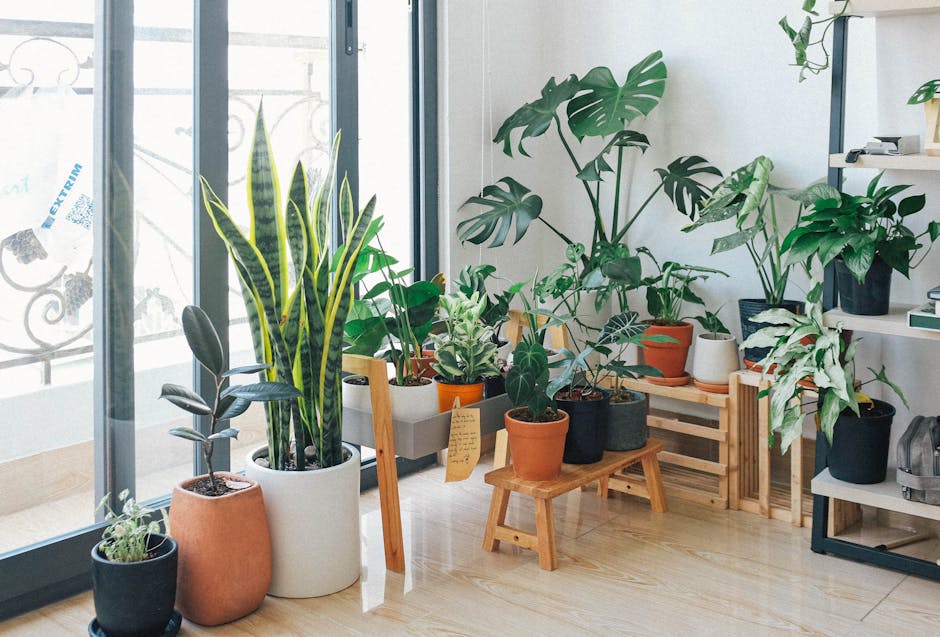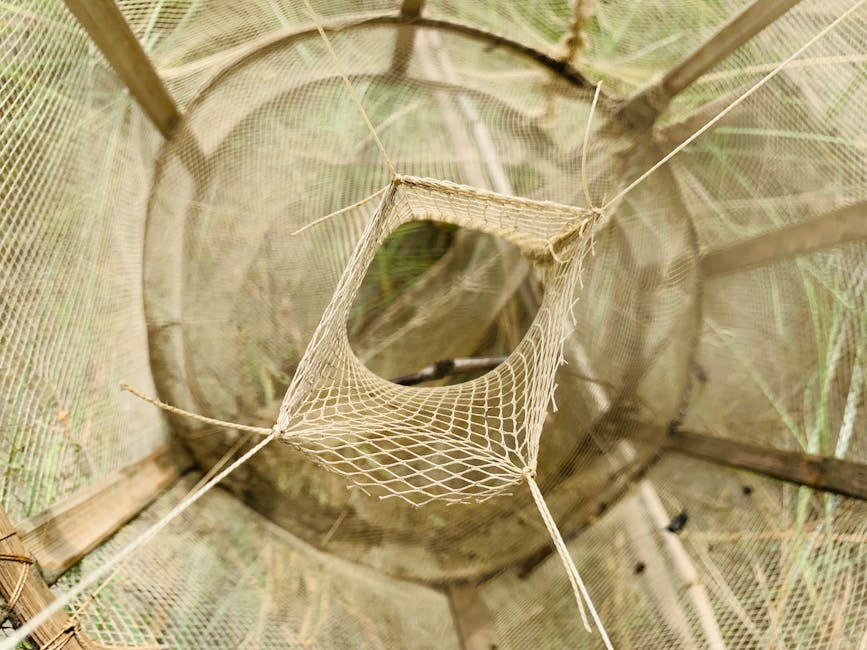Transform Waste into Wonder: The Art of Upcycling for Sustainability
With an ever-growing need for sustainable living, the art of upcycling enters the spotlight as a practical and creative solution to help us redefine how we view waste. Imagine this: your once-beloved pair of jeans now lies in the back of your closet, doomed to gathering dust. Instead of tossing them into a landfill, what if they could be reborn as a unique tote bag or stylish home decor? This is the essence of upcycling—turning what many consider junk into something functional, beautiful, and eco-friendly. As we explore various projects and unconventional materials in this guide, discover how upcycling can transform not just your possessions, but also your approach to sustainability as a whole.
What is Upcycling? Understanding the Concept

Upcycling is the process of creatively repurposing discarded materials or products into something of higher quality, value, or use. The significant difference between upcycling and recycling is that upcycling retains the original item’s integrity, often enhancing its aesthetic or functional potential without the need for extensive resource consumption. According to a report by the Ellen MacArthur Foundation, upcycling promotes a circular economy, where items are reused, refurbished, and eventually returned to the market rather than being thrown away.
This sustainable practice encourages us to shift from a mindless consumption culture to one of mindfulness toward our resources. It is not merely about avoiding waste; it’s about re-envisioning what we already possess (or will soon discard) and how these items can serve new purposes. In this article, we will delve into the multiple ways you can utilize unconventional materials for upcycling, encouraging both creativity and sustainability.
Benefits of Upcycling: More Than Just Saving Waste

Engaging in upcycling brings a multitude of benefits, encompassing environmental, economic, and personal advantages. Here's why it should matter to you.
Environmental Impact

By upcycling, you reduce landfill waste and decrease the carbon footprint associated with manufacturing new products. According to the EPA, over 292 million tons of waste were generated in the U.S. in 2018 alone. Upcycling helps to tackle this staggering figure directly through creative repurposing.
Economic Savings

Upcycling is often cost-effective. Instead of splurging on new furniture or decor, you can transform old items into something fresh and functional. This not only saves you money but also stimulates local economies when you incorporate second-hand materials from thrift stores or garage sales.
Personal Fulfillment

There’s an inherent joy in creating something new from what once felt like trash. The process of upcycling allows you to express your creativity, hone your crafting skills, and ultimately gain a sense of accomplishment. It engages both the mind and the hands in a fulfilling way.
Getting Started with Upcycling: Tips and Tools

Before you embark on your upcycling journey, consider these essential tips and tools that will help you thrive in this sustainable practice:
Identify Your Materials

Take a look around your home. What items are languishing in your closets, garages, or attics? Common materials for upcycling include glass jars, old wooden pallets, furniture pieces, and fabric remnants. Choosing the right materials is crucial; prioritize items that are durable or can easily be transformed.
Gather Your Tools

Depending on your project, you may need basic supplies like scissors, glue, paint, or sewing materials. However, don’t be afraid to get a bit inventive with your tools. Sometimes, everyday objects can become invaluable in your creative process.
Start Simple
If you’re new to upcycling, begin with simpler projects. Creating coasters from wine corks or a plant holder from a tin can can instill confidence and kickstart your journey. As your skills develop, work your way up to larger, more complex projects.
Creative Upcycling Projects with Unconventional Materials
Let’s dive into some inspiring upcycling projects to ignite your imagination! Each project reflects how you can turn seemingly useless items into something magnificent:
Wooden Pallet Furniture
Old wooden pallets are a goldmine for upcycling enthusiasts. These sturdy pieces can be transformed into various furniture items, from coffee tables to garden benches. With a bit of sandpaper and some paint or stain, you can create a rustic centerpiece for your living area.
-
Coffee Table: Stack two pallets and secure them together. Sand the edges to avoid splinters, then add wheels for mobility and your new coffee table is ready!
-
Garden Bench: A longer pallet can be cut into lengths and combined to form a cozy garden bench. Add cushions for comfort, and voila—a family gathering spot in your backyard!
Glass Jar Organizers
Instead of recycling those glass jars, think creatively about using them as organizers.
-
Bathroom Storage: Attach jars to a piece of wood or repurpose an old wooden pallet. Fill the jars with cotton balls, hairpins, or other bathroom essentials for easy access.
-
Kitchen Herb Garden: Paint a set of jars and hang them vertically on a wall to create a charming, compact herb garden in your kitchen. This not only declutters but adds fresh herbs to your culinary adventures!
Bicycle Parts Art
Enhance your garden or patio with upcycled bicycle components.
-
Bicycle Wheel Planter: Use an old bicycle wheel as a unique planter. Secure it to a stand and grow flowers or herbs for an eye-catching display.
-
Chain Wind Chime: Transform old bike chains into stylish wind chimes for auditory charm on breezy days. Simply attach pieces of the chain to a circular base, add some bells or other elements, and hang it up.
T-Shirt Textiles
Old t-shirts don’t have to go to waste; they can turn into beautiful items with a little ingenuity.
-
Braided T-Shirt Rug: Cut old t-shirts into strips, braid them, and sew them together to create a colorful, soft rug for any room.
-
Reusable Shopping Bags: Design your own shopping bags by repurposing t-shirts. Just cut sleeves and the neckline, sew the bottom closed, and enjoy a durable bag for your groceries.
Expanding Your Upcycling Skills: Workshops and Communities
Engaging with like-minded individuals in workshops and online forums can significantly enhance your upcycling abilities. Look for local craft classes or virtual workshops that focus on upcycling trends. Communities on platforms like Facebook or Reddit often provide ‘show and tell’ opportunities, where members can share their creations and inspire each other.
Additionally, blogs like this biophilic design article offer insights on using natural materials, while this guide on indoor plants features ways to enhance your home sustainably. Coupling those ideas with upcycled projects may boost the overall sustainability of your living space.
The Intersection of Upcycling and Eco-Friendly Living
Upcycling is not just a standalone practice; it’s part of a broader commitment to eco-friendly living. Making small changes in various areas of your life can have a substantial collective impact on the planet. From opting for sustainable materials in your daily life to reforming your consumption habits, every little step counts.
Consider swapping out disposables for reusable alternatives—like the suggestions found in this zero waste kitchen guide. Each choice satisfies the twin objectives of reducing waste and fostering creativity, just like upcycling.
Pitfalls to Avoid in Upcycling
While the potential for creativity is immense in upcycling, there are some pitfalls to consider to ensure your journey remains rewarding:
Overstretching Your Skills
It’s easy to become ambitious and take on projects that exceed your current skill level. Start with simpler creations, gradually escalating the complexity as you gain confidence.
Underestimating Safety
Remember to prioritize safety while working on projects. Ensure your tools are used properly, and be cautious when repurposing sharp or hazardous materials.
Measuring Twice, Cutting Once
This adage rings true! Always measure before cutting to avoid wastage and unnecessary frustration down the line.
Next Steps: Your Upcycling Journey Awaits
As you consider the multitude of ways to approach upcycling, the key is to embrace your creativity and redefine how you view waste. Upcycling isn’t merely about crafting; it’s an exciting journey toward sustainability and mindful living. Throughout this process, you will discover not only new skills, but also the joy of transformation that comes from turning trash into treasure.
By implementing the projects highlighted throughout this article, as well as tapping into the suggested resources, you can lead a more sustainable lifestyle—one filled with creativity, intention, and newfound appreciation for the materials that come your way.
As you immerse yourself in this transformative journey, remember that every small effort counts. Join the upcycling movement today and shout out your creations on social media or in your community—who knows? You might inspire someone else to embark on a similar adventure. The art of upcycling is boundless, and your creativity holds the power to redefine not just everyday items, but the very narrative of waste in our world.



